Rediculous.
Subscribe for more Artificial Intelligence news, Robot news, Tech news and more.
🦾 Support us NOW so we can create more videos: https://www.youtube.com/channel/UCItylrp-EOkBwsUT7c_Xkxg.
📺 Fun fact: Smart people watch the entire video!
Watch More from Artificial Intelligence News Daily.
🔵 Japan Human Robot News: https://youtube.com/playlist?list=PLi7ozibUCGOubIUsFnw2zatGiNH0MH2FV
🟢 Boston Dynamic News: https://youtube.com/playlist?list=PLi7ozibUCGOvQegVXq-ArQSyDcwXqQqls.
🟠 Robot news: https://youtube.com/playlist?list=PLi7ozibUCGOvWDRGAdGxOZx40pjk82hhd.
🔴 Artificial Intelligence News: https://youtube.com/playlist?list=PLi7ozibUCGOuaUErL6-zIj5_R2E7q_cf4🤖 AI News Daily provides the latest Artificial Intelligence news and trends. Explore industry research and reports from the frontline of AI technology news.🕵️ We take the best research and put our own spin on it, report from the frontline of the industry, as well as feature contributions from companies at the heart of this revolution.
💼 Contact & Copyright Questions.
• For copyright cases, business inquiries or other inquiries please contact us at: [email protected]
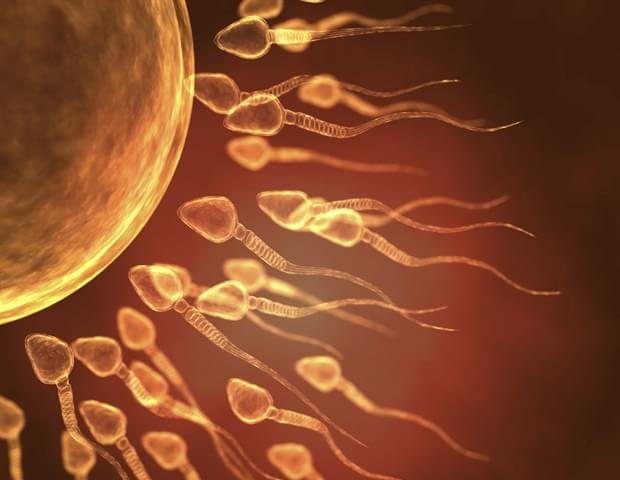



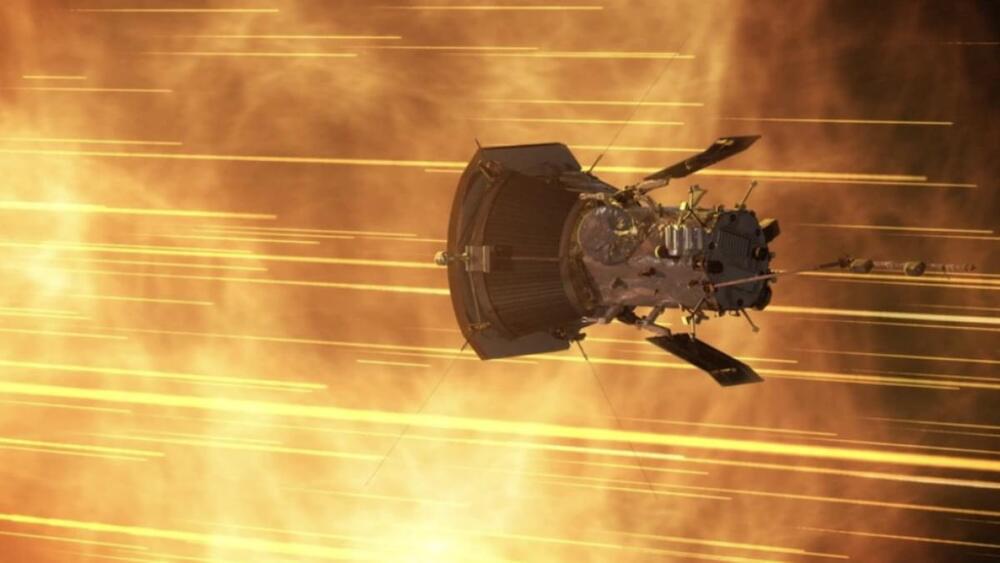
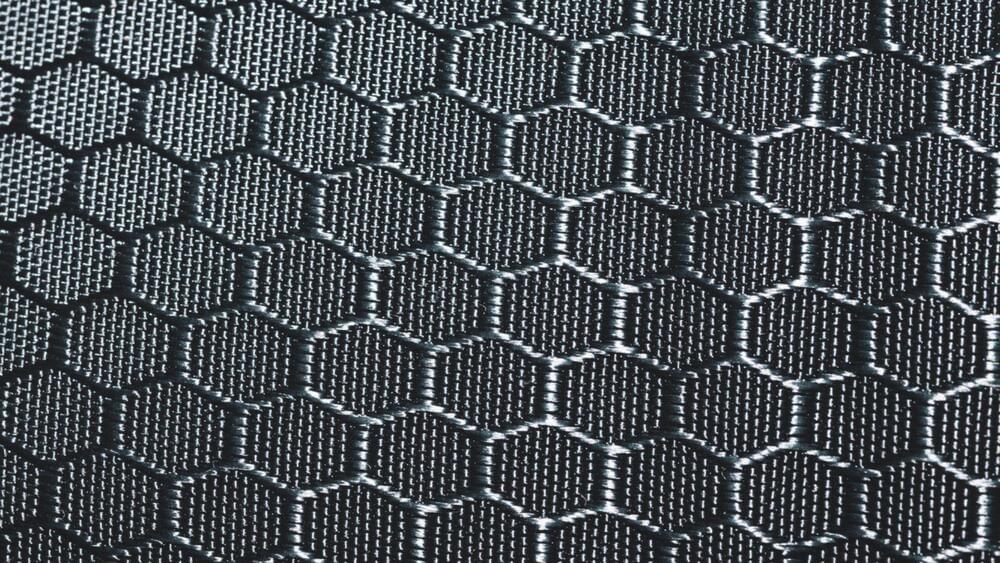
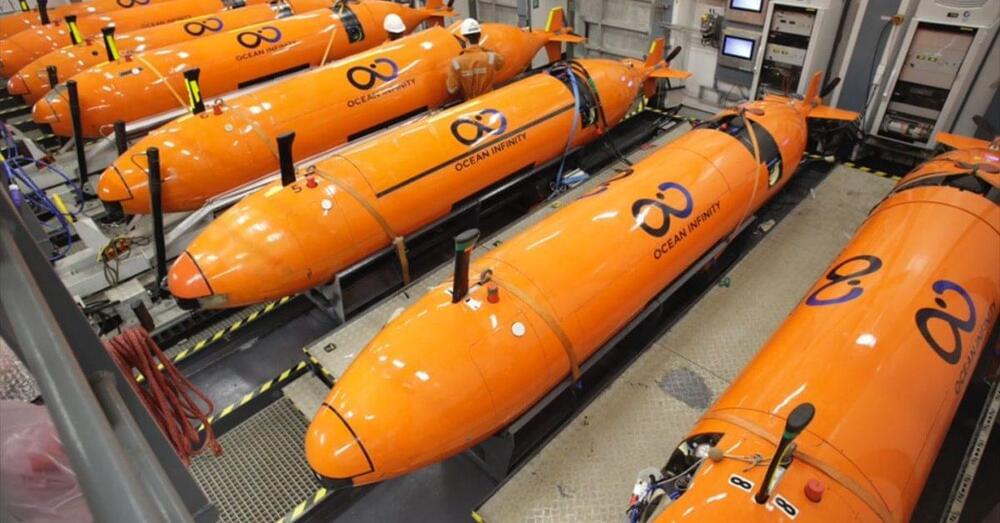
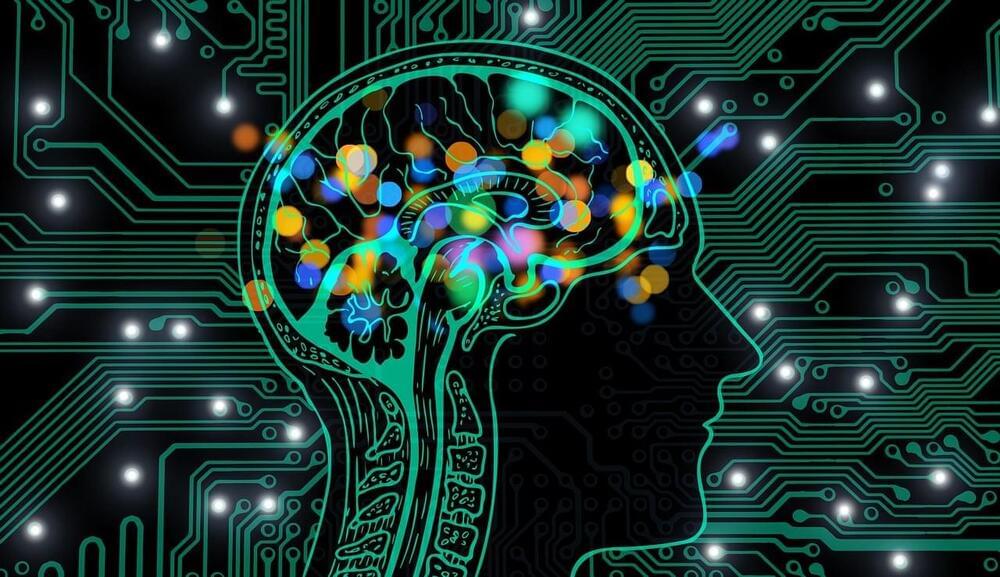
 עברית (Hebrew)
עברית (Hebrew)